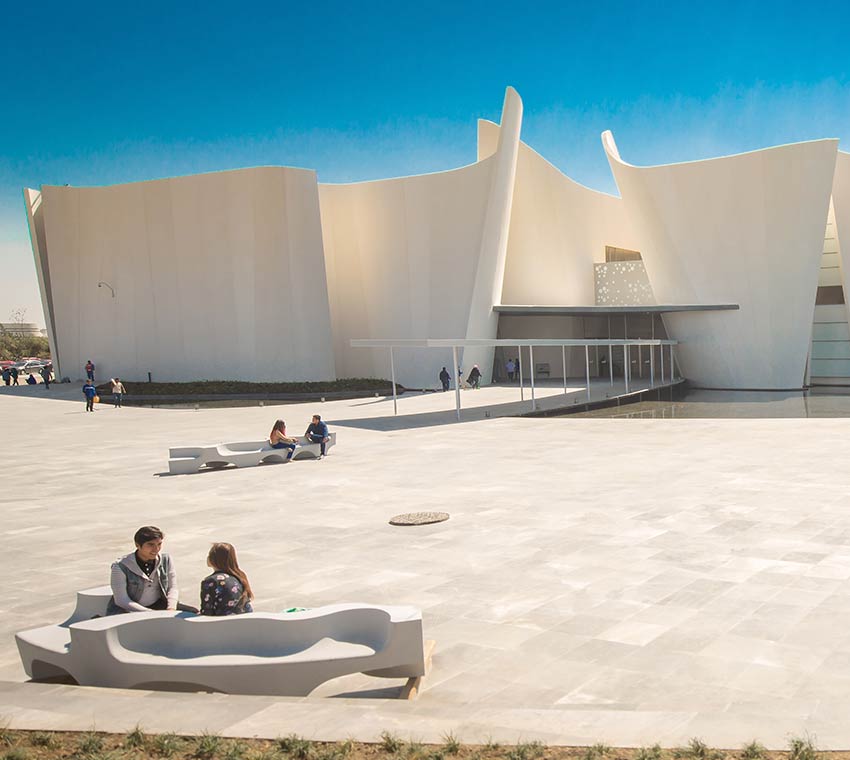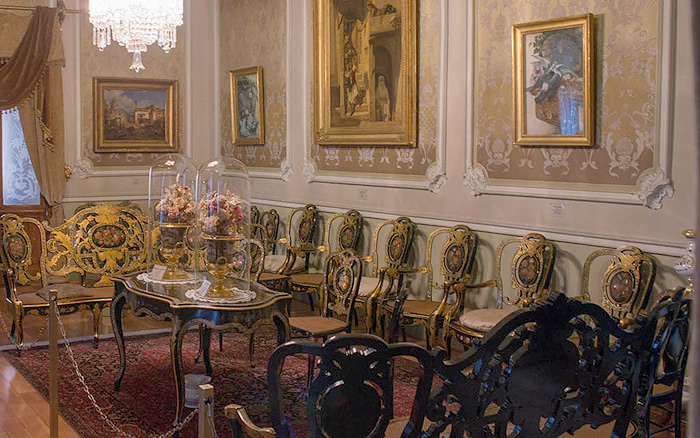Regional Museum Casa de Alfeñique
Regional Museum Casa de Alfeñique
It is a construction of particular beauty, representative of the Novohispano Baroque art. The construction belongs to the last third of the 18th century, whose architectural elements, applied by the Architect Antonio de Santamaría Incháurregui, gave the house a relevance and transcendence that is reflected to this day.
It has been named Casa de Alfeñique since 1790 because of its richly decorated facade that seems to be made from sugar paste, egg white and almonds, called "Dulce de Alfeñique" in Spain.
This property was commissioned by its owner the blacksmith master Juan Ignacio Morales, the house belonged to the Morales family until 1874. (84 years).
The second owner of the Casa de Alfeñique, was Don Alejandro Ruiz Olavarrieta, founder and patron of Monte de Piedad Vidal Ruiz until 1896, year in which he ceded it to the State Public Welfare and thirty years later, on May 5, 1926 , during the period of the governor of the State of Puebla, C. Claudio N. Tirado, became the first museum of the State of Puebla: The Regional State Museum.
Collection
The now Alfeñique House Museum houses a collection of approximately fifteen hundred pieces, in 16 exhibition halls, in which they are located on the ground floor, a carriage that was used by the Porfirio Díaz presidential cabinet and a carriage used by personalities of the Clergy.
In the mezzanine there are 6 rooms in which subjects such as daily life of the eighteenth and nineteenth centuries are exhibited; Talavera poblana; the poblana China, poblana gastronomy; Typical regional sweets and a temporary exhibition hall where you can see different artistic representations from different eras.
On the top floor the use of the house is represented in the eighteenth and nineteenth centuries, when the Alfeñique House was a room, with Renaissance and chippandale furniture of French origin and elements from Europe, still lifes, religious oils, and glass objects and sculptures, both in the room, in the sewing room, in the reception room, as in the office, the dining room, the sacristy and the chapel and also has a typically poblano kitchen.
































 © 2025 Hotel San Angel.
© 2025 Hotel San Angel.